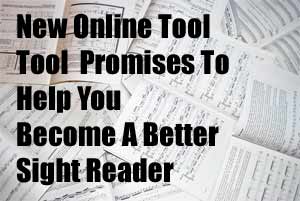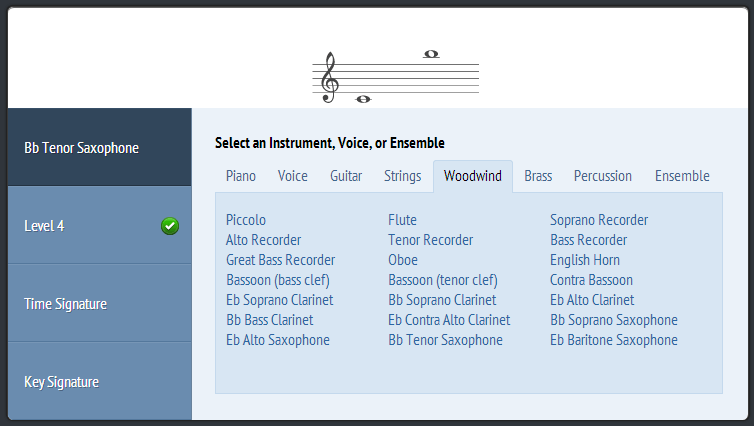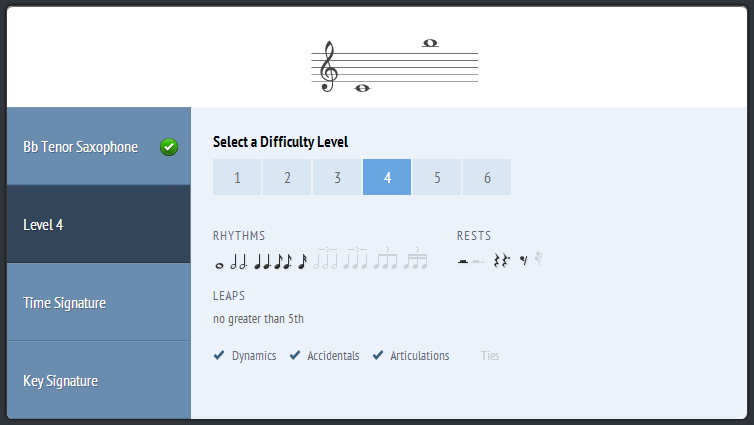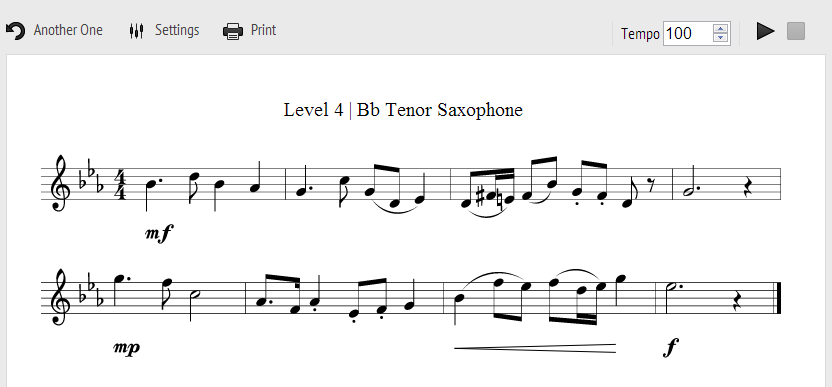In this in depth and informative review of SightReadingFactory.com guest author Jayson Gerth provides us with a practical music teachers perspective on how this new online resource can help your students learn the sightreading skills needed by both jazz and concert musicians.
The ability to read music accurately at first sight is the greatest display of musical literacy. Many musicians, however – whether they play in bands or orchestras, sing in choirs or perform individually – struggle with sight reading. Ask anyone who has had at least a little schooling to pull a library book off the shelf and read the first few lines of text, and he or she will do it easily and without much apprehension. Ask your average bassoon player in high school to accurately sight read a 16 bar phrase of music, and the results might be quite different.
While general music courses in our elementary schools typically do a good job teaching the basics of musical language, the amount of drill and practice with reading music often drops as students get older and enroll in bands, choirs and orchestras. Practice with reading and decoding music at first sight in ensemble rehearsals becomes secondary to perfecting and polishing; sight reading may only happen following a concert as the music teacher hands out music to prepare for the next one.
Over the years, many books of melodies suitable for sight reading have been published to help musicians in the quest to become better music readers. Today, computer technology has broadened options for teachers and students. There are now computer-based sight reading options available from Smart Music as well as Apple and Android apps that help with reading and comprehending music. All of these applications have their pros and cons. Smart Music's sight reading section now offers 300+ sequentially graded excerpts for each instrument, and the program gives feedback to students as they play. There are ten levels of difficulty, from the most elementary rhythms to fast mixed meter melodies. However, Smart Music does not have an option for large group unison sight reading, which diminishes its usefulness for educators hoping for full-class use. A recent online alternative, Sightreadingfactory.com, looks to change that, however, and hopes to revolutionize how sight reading is presented inside and outside the music classroom.
Sightreadingfactory.com is a web-based music generator that began in 2008 as an idea of Don Crafton, an elementary and middle school band director on the East Coast. He inherited a band program in New York that, like so many others, struggled to read music by sight. In his quest to improve his band's reading ability he used sight reading books, but was limited by the printed material's variety and quantity of excerpts of appropriate difficulty. Further, creating folders of band music for sight reading, while effective, was somewhat inefficient. Crafton began thinking of a way to use technology to create unlimited quantities of music to better teach sight reading. After teaming up with a local programmer, he set to work on designing a web-based program to dynamically generate music based on user input. In early 2011, Sightreadingfactory.com was born.
The premise of the website is simple. The user provides the program with certain musical parameters and clicks a button. After processing the request for a moment, the site, created with all original computer programming code, returns clearly notated eight (or more) bar phrases of custom-made music ready for reading. After completing that line of music, the user simply clicks "another one," and within seconds, a new phrase of music appears. The engine that drives the site will create an infinite number of unique examples on demand.
Sight Reading Factory is subscriber-based, with annual subscriptions selling for $29.99. Teachers can also buy student at-home subscriptions, and purchasing many student accounts drastically lowers the cost. As the number of student subscriptions purchased on a single order climbs to 100, the price drops to a low of two dollars per student subscription per year. After using this service for an entire semester in my classroom, I find the value incredible, especially when compared to the cost of purchasing printed sight reading books with limited content in limited keys with limited range choices and/or rhythmic complexity.
At this time, Sight Reading Factory is not too well-known, although plans are underway for a broader presence at future music conferences, conventions and trade shows. Crafton and his partner are truly "bootstrapping" the business – building it without going into debt. The men are working on the site part-time and have a paid subscriber base of approximately 1500, with about 100 new subscribers joining each month. The business has remained small and nimble in these early stages to make the product better and more user-responsive, and the response to customer suggestions is indeed excellent. Over the last several months, I have emailed suggestions to make Sight Reading Factory more useful in my situation, and am pleased with the positive customer service.
The User Experience
Sightreadingfactory.com will generate music for voice, strings, percussion, wind instruments (including recorder), piano, guitar and both low E and B stringed bass. If desired, the user can play back each sight reading example at any tempo using built-in general midi sounds. Each etude is printable or PDF-able, which is handy for creating lesson or audition materials.
Teachers and students can easily generate music to fit specific needs of key, rhythm, range and expression. Once a specific instrument or ensemble (band, choir or string orchestra) is selected from the intuitive interface, the user is asked to choose between six levels of difficulty. Each level incrementally expands range, adds rhythmic complexity, widens leaps and adds expression markings. Following this, the user selects a time signature, a specific major or minor key, and clicks "Generate Sight Reading."
One of the challenges that Sight Reading Factory's creators have worked hard to overcome is how to have the digitally-made melodies make musical sense. The lines always must be tuneful, have some harmonic motion, and be satisfying to play, which is challenging enough for a human, let alone a computer. "It's not Mozart," says Crafton, "but it doesn't need to be." The purpose of sight reading practice is to develop the skills to quickly decode the language of music and perform it in a meaningful way. Sight Reading Factory's programming code has figured this out.
In my high school classroom, we now sight read several times per week quickly, effectively and easily. Within four minutes, I will present the entire class with four to five 8-bar phrases with time to discuss mistakes in music decoding and suggestions for improvement. This works efficiently because everyone is playing the same melodies; tuba players are reading the same music (transposed, of course) as the flute and saxophone players. Music folders stuffed with band pieces cannot offer the same benefit. In that scenario, one section may play mostly whole, half and quarter notes or spend more time resting, while another section is predominantly in eighths and sixteenths or playing most of the time.
The website offers users flexibility that other currently available options do not. An elementary music teacher won't have a need for Sight Reading Factory's higher levels of difficulty, but she can create an infinite number of sight reading excerpts with nothing but whole, half and quarter notes. A middle school or high school teacher working on rhythmic decoding can begin an individual or large group lesson with Level 1 sight reading and quickly move up the difficulty levels until he finds the "sweet spot" level that challenges students the most. Further, a music teacher introducing a foreign key to her string students may not want to challenge them rhythmically, choosing instead to focus on the group's correct response to the key signature. In this case, high school students sight reading in whole, half and quarter notes makes sense.
The Future of Sight Reading Factory
Presently, Crafton and his partner are working to complete piano sight reading levels five and six. Also, an app for Apple devices and/or Android devices is a possibility – the web browser version works well on Android and iPad now, but an app will streamline and improve the user interface. The company can also see the future potential for students to record their playing samples and email the recording and a copy of the example to their teachers for assessment.
On the horizon are changes that will come in response to customer requests for more customization options. Currently, the six levels of difficulty each have a preset range, rhythmic complexity and expression density. Customizable portions of each level as of this writing are key and time signatures. Crafton believes customization of rhythmic patterns, ranges, and expressions are practical additions for the future, which will make Sight Reading Factory an even more potent and time-saving classroom tool.
All sight reading (two-handed piano excerpts are the exception) are currently in unison. Crafton says feedback has been strong, especially from choir directors, to add ensemble sight reading in harmonized parts. Once Sight Reading Factory can crack that code, a world of endlessly generated, tuneful chorales for bands and orchestras – in any key, in varying difficulty and with interchangeable rhythmic complexity – will open.
If a teacher has a computer and a projector in rehearsal, the days of stuffing sight reading folders or playing out of sight reading collections may be numbered. Sightreadingfactory.com could easily become the best tool in a music educator's or music student's toolbox for improving music literacy and music reading fluency.

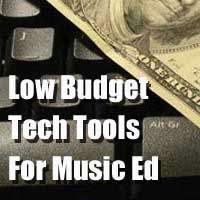
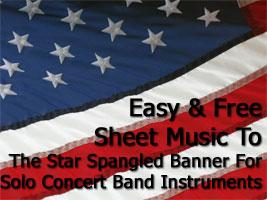

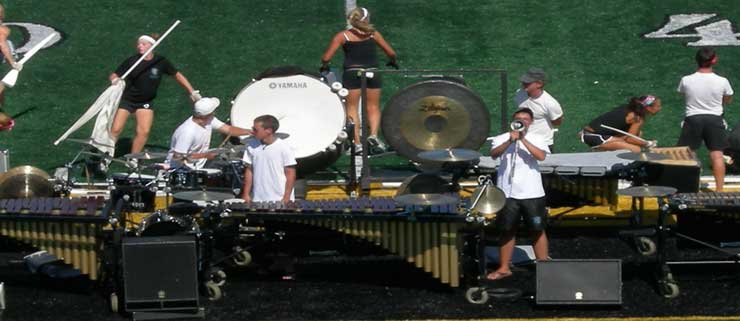
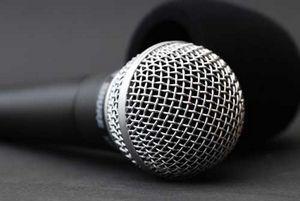
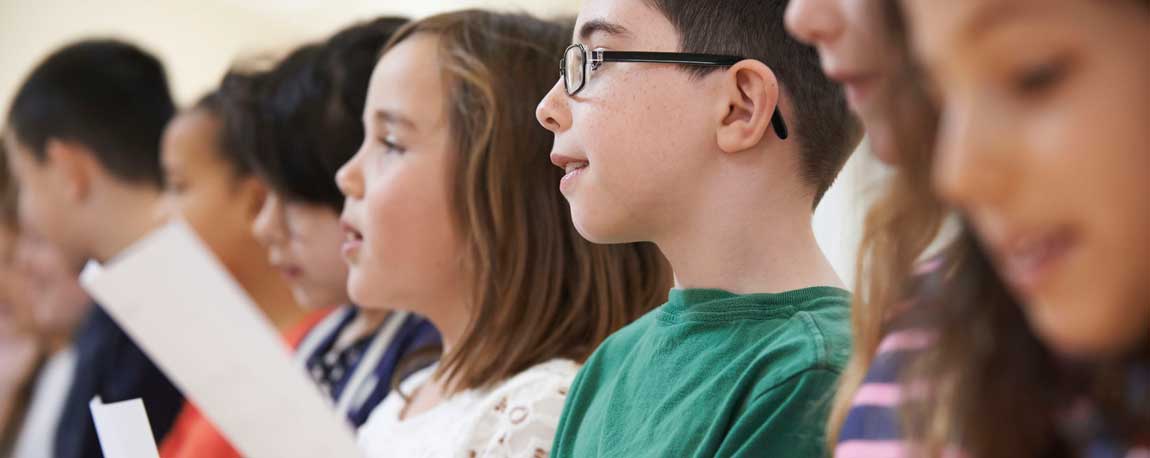
 Scroll down to view the comparison chart of over a dozen different portable digital audio recorders.
Scroll down to view the comparison chart of over a dozen different portable digital audio recorders.
